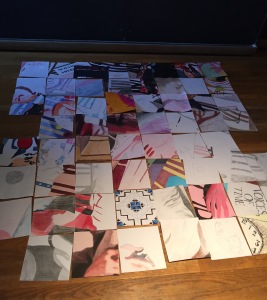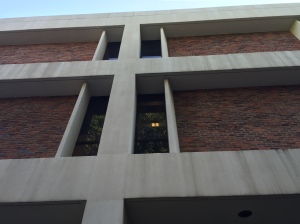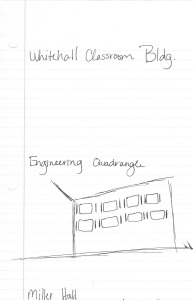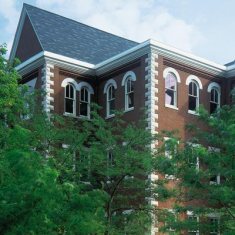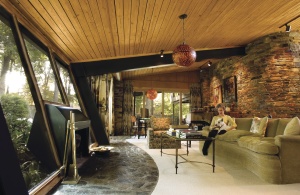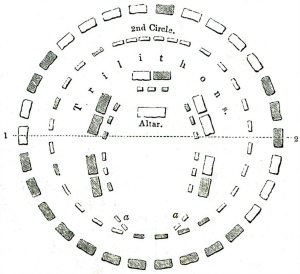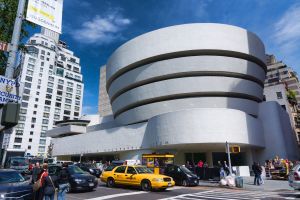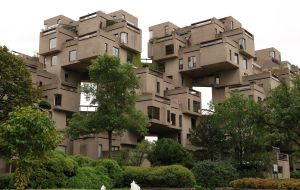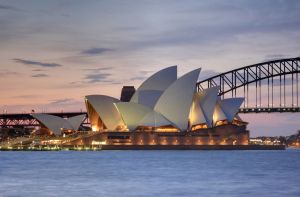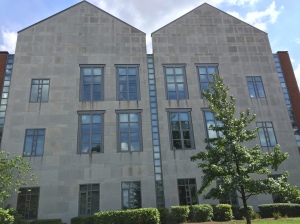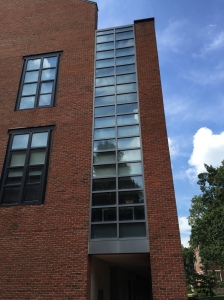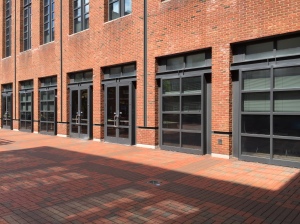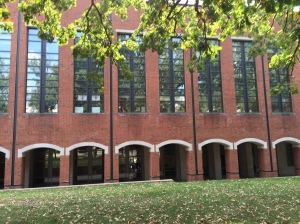I agree that the design of the house is through coordination of the architectural elements, furnishings, wall colors, and objects. The house is constructed with the Federal style in mind, which means that if you cut the house in half there would be a sense of symmetry. There was symmetry among most of the furnishings too, like a table with flower designs on all four corners and the set up of identical lamps on a side table. The couches as well were symmetrical. The color of the rooms were very interesting to me because I didn’t think the makers of fabric could reach that hue in the 19th century. However, I think the color signified that the family had a lot of money because of the rareness of it. The ornate decoration of a lot of the furnishings helped bring an air of superiority. Overall, these factors help bring unity to the formal parts of the house.
The Civil War exhibit used to be two bedrooms for the children. The exhibit takes place in both rooms with the wall in between knocked down. The bed in the Master Bedroom is the original bed with a key to turn the ropes in the bottom tight, so it could make the bed firm. The daughter’s room has floors that are not from the era because the floor was made into dorms in the ’40s.So, the color was thrown off by that because the floors are painted black or something.
